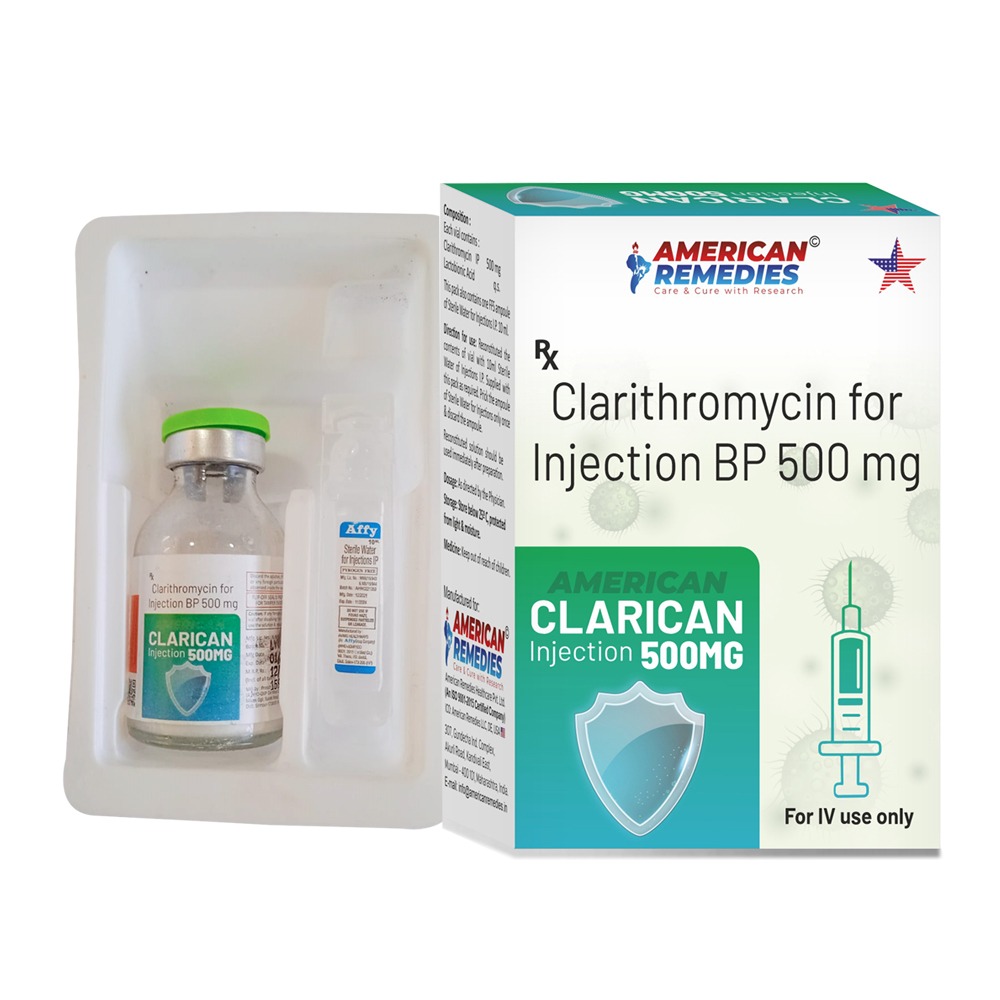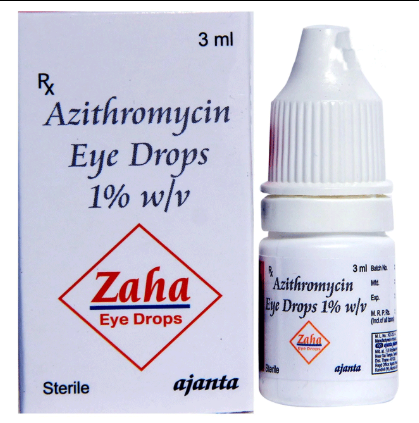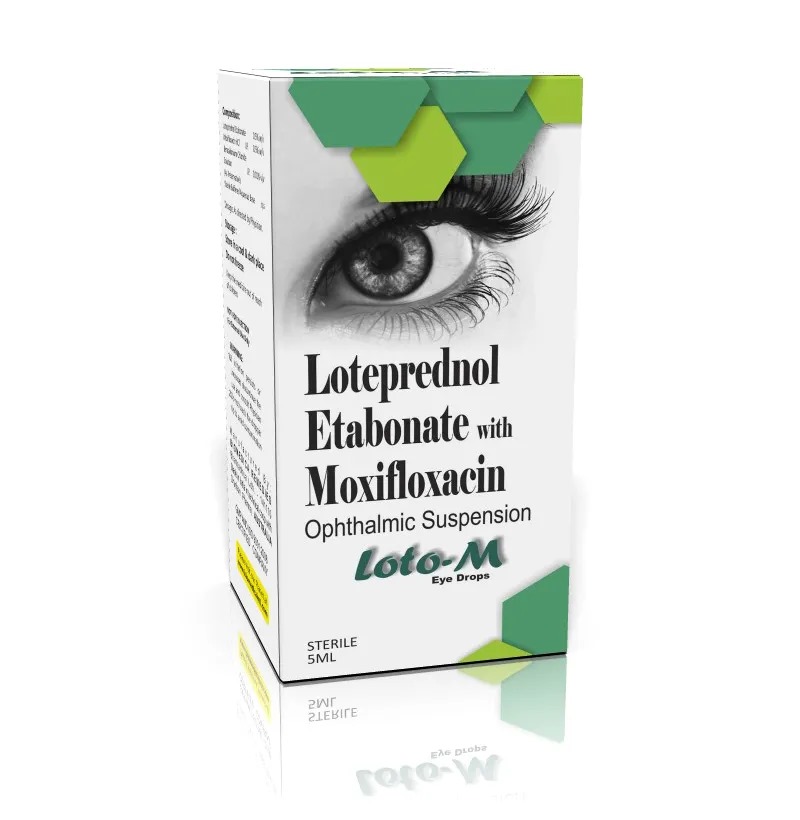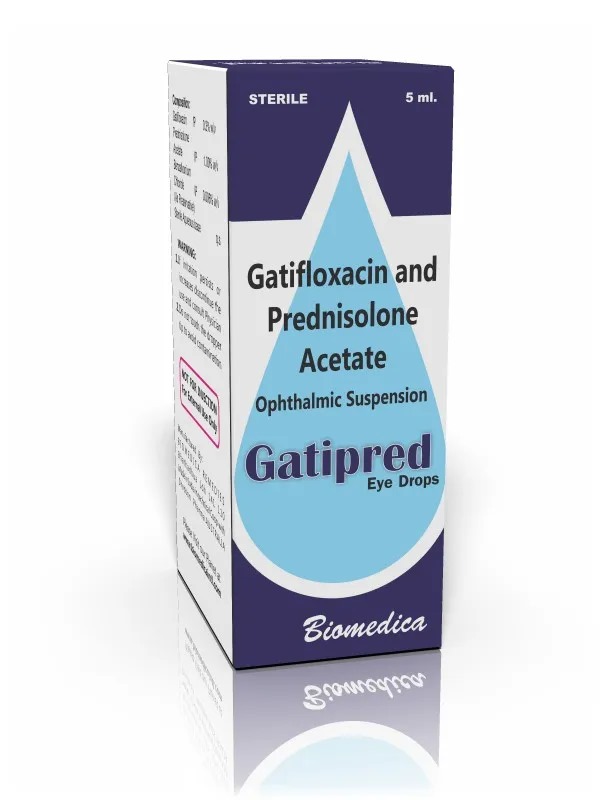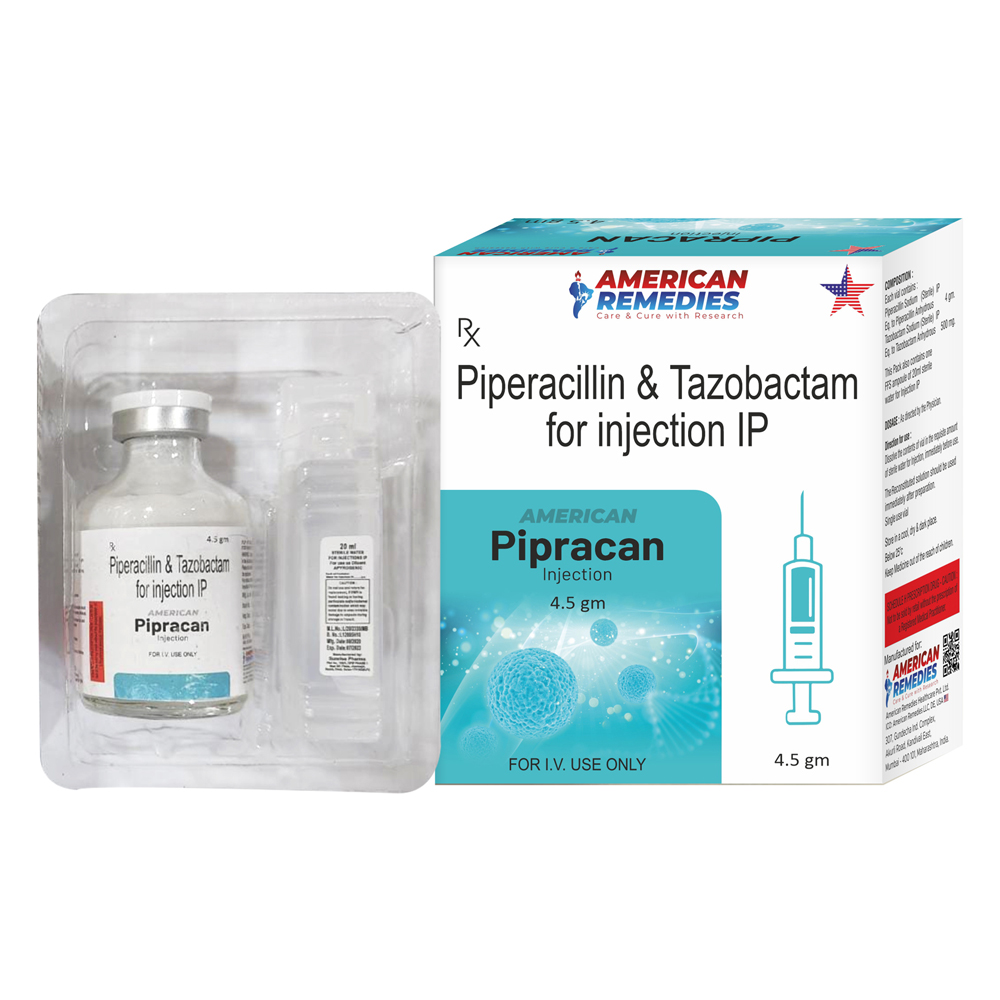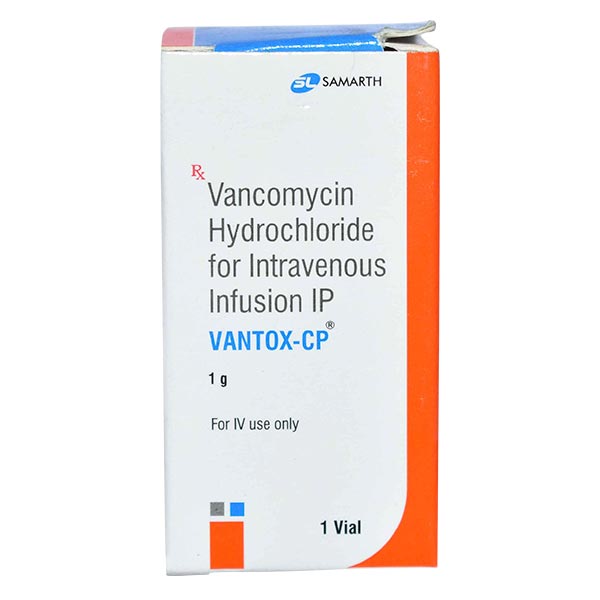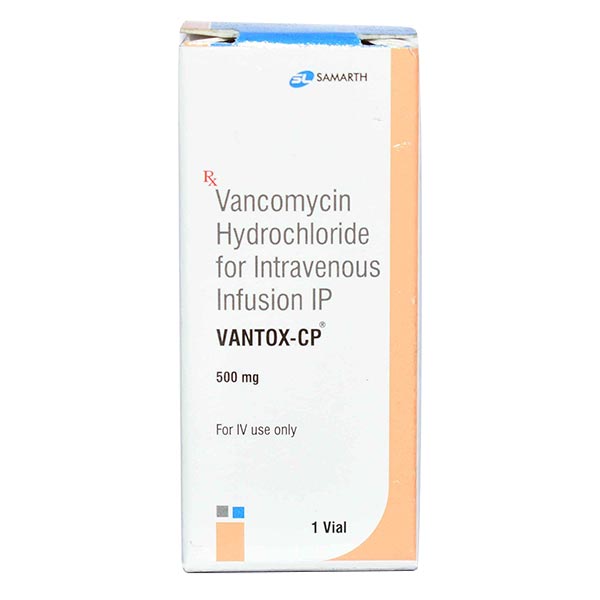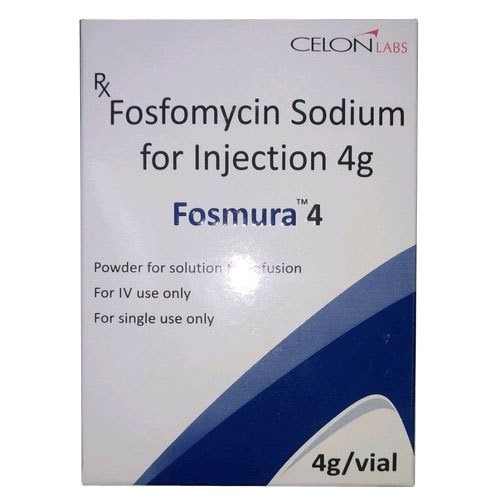Clarican 500 Injection is an intravenous formulation of Clarithromycin, a semi-synthetic macrolide antibiotic manufactured by American Remedies. It is primarily used to treat severe bacterial infections when oral antibiotics are not suitable or effective. ________________________________________ 🩺 Uses of Clarican 500 Injection Clarican 500 Injection is indicated for the treatment of various bacterial infections, including: • Lower Respiratory Tract Infections: Such as pneumonia and bronchitis. Upper Respiratory Tract Infections: Including sinusitis and pharyngitis. Skin and Soft Tissue Infections: Such as cellulitis and erysipelas. Mycobacterial Infections: Like Mycobacterium avium complex (MAC) infections, particularly in immunocompromised individuals. Helicobacter pylori Eradication: In combination with other medications, to treat peptic ulcers caused by H. pylori. ________________________________________ 💊 Mechanism of Action Clarithromycin works by binding to the 50S ribosomal subunit of susceptible bacteria, inhibiting protein synthesis and thereby preventing bacterial growth. ________________________________________ ⚠️ Precautions Before administering Clarican 500 Injection, inform your healthcare provider if you: • Have a history of liver or kidney disease. • Are pregnant or breastfeeding. • Are taking other medications, especially those metabolized by the liver. This medication should be administered under the supervision of a healthcare professional.
Send Message